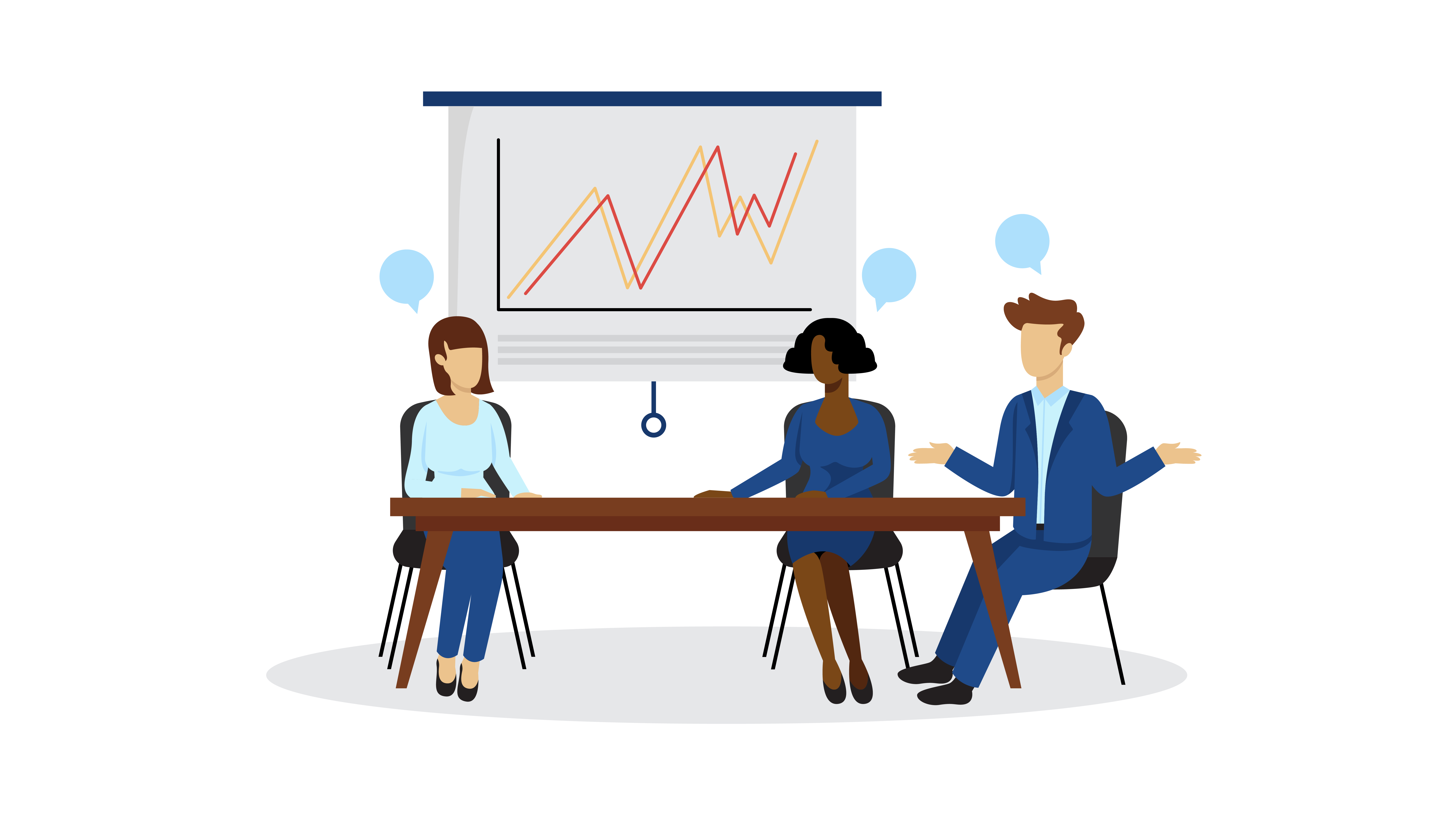All Categories
Featured
Modern businesses require central locations for customer data platforms (CDPs). This is a critical tool. These software applications give a better and more complete understanding of the customer, which can be used to target marketing and personalize customer experience. CDPs also provide a wide range of functions, including data governance and data quality, data formatting, data segmentation, and data compliance, to ensure that the customer's data is recorded, stored, and utilized in a safe and organized manner. A CDP lets companies engage with customers and puts them at the forefront of their marketing initiatives. It also allows you to access data from other APIs. This article will look at the various aspects of CDPs, and how they benefit organizations.
cdps
Understanding the concept of CDPs. A Customer data platform (CDP) is software that allows businesses to collect, store and manage customer information from one central place. This gives an complete and accurate view of the customer. It is used to create targeted marketing and personalised customer experience.
-
Data Governance Data Governance: One of the most important aspects of a CDP is its capability to categorize, safeguard, and regulate information in the process of being incorporated. This includes profiling, division and cleansing of the data. This will ensure that the business stays in compliance with data regulations and guidelines.
-
Quality of Data: It is essential that CDPs ensure that data collected is high-quality. This means ensuring that the data is correctly recorded and is of the highest quality requirements. This helps reduce the requirement for storage, transformation, and cleaning.
-
Data formatting is a CDP can also be used to ensure data follows a defined format. This ensures that certain types of data, like dates, correspond across collected customer information and that the information is entered in a logical and consistent manner. customer data platfrom
-
Data Segmentation Data Segmentation: A CDP also permits the segmentation of customer information so that you can better understand the different types of customers. This allows you to test different groups against one another and also obtaining the correct sample and distribution.
-
Compliance: The CDP allows organizations manage customer data in a manner that is in line with. It lets you define security policies and classify data in accordance with these policies. You may also be able to detect policy violations when making marketing decisions.
-
Platform Choice: There are a variety of kinds of CDPs that are available, so it is important to know your needs so that you can select the most appropriate platform. This is a must when considering aspects like data privacy and the ability to access data from other APIs. cdp analytics
-
The Customer at the Center: A CDP allows for the integration of live customer data. This will give you the immediate accuracy, precision, and unity that every marketing department requires to improve operations and engage customers.
-
Chat, Billing and More Chat, Billing and More CDP makes it easy to discover the context of great conversations, no matter if you are looking at billing or past chats.
-
CMOs and CMOs and Data CMOs and Big Data: According to the CMO Council 61 percent of CMOs feel they're not making the most of big data. The 360-degree view of customers provided by CDP CDP is a fantastic approach to address this issue and improve customer service and marketing.
With numerous different kinds of marketing innovation out there every one generally with its own three-letter acronym you may wonder where CDPs originate from. Although CDPs are amongst today's most popular marketing tools, they're not an entirely brand-new idea. Instead, they're the most recent action in the advancement of how marketers handle client data and consumer relationships (Cdp Data Platform).

For most marketers, the single biggest worth of a CDP is its capability to sector audiences. With the capabilities of a CDP, online marketers can see how a single client interacts with their company's various brand names, and recognize opportunities for increased customization and cross-selling. Of course, there's far more to a CDP than segmentation.
Beyond audience segmentation, there are three big reasons that your company might want a CDP: suppression, customization, and insights. One of the most fascinating things marketers can do with information is identify customers to not target. This is called suppression, and it becomes part of delivering truly customized consumer journeys (Customer Data Management Platform). When a client's merged profile in your CDP includes their marketing and purchase data, you can reduce advertisements to customers who have actually already purchased.

With a view of every client's marketing interactions connected to ecommerce information, website visits, and more, everyone across marketing, sales, service, and all your other teams has the chance to comprehend more about each client and deliver more tailored, pertinent engagement. CDPs can help online marketers address the origin of much of their biggest day-to-day marketing problems (Cdp Product).
When your data is detached, it's more difficult to comprehend your customers and produce meaningful connections with them. As the variety of data sources utilized by online marketers continues to increase, it's more crucial than ever to have a CDP as a single source of fact to bring everything together.
An engagement CDP uses customer data to power real-time customization and engagement for clients on digital platforms, such as websites and mobile apps. Insights CDPs and engagement CDPs make up the bulk of the CDP market today. Really couple of CDPs consist of both of these functions similarly. To pick a CDP, your company's stakeholders should think about whether an insights CDP or an engagement CDP would be best for your requirements, and research the couple of CDP options that include both. Consumer Data Platform.
Redpoint GlobalLatest Posts
Compliance and Data Privacy in a CDP
The Role of CDPs in Data Formatting and Segmentation
CDPs and the Role of Data Segmentation in Personalized Marketing